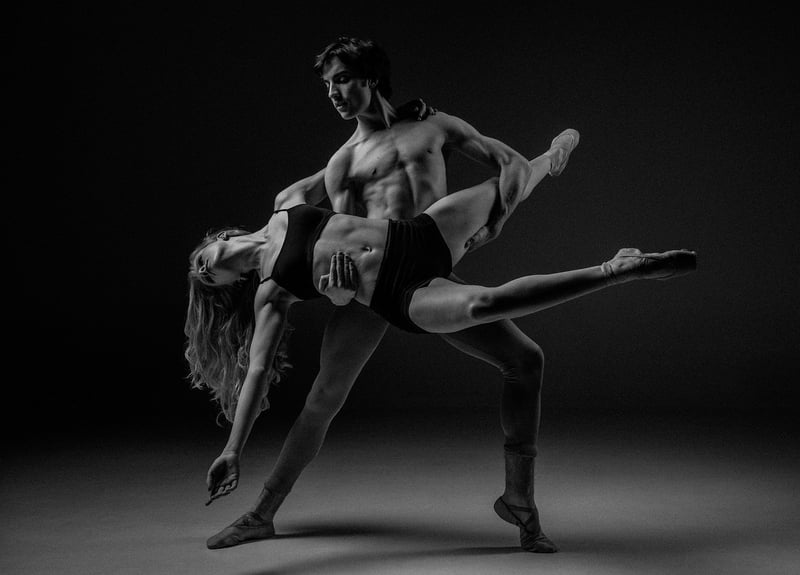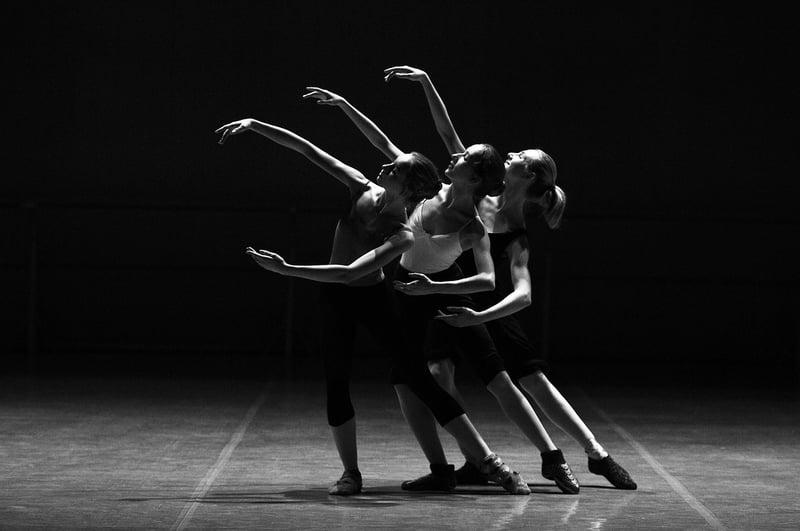Expressive Choreography
The Art of Dancing with Mindfulness and Expressive Choreography

Dancing is not just about moving to the rhythm; it is a form of art that allows individuals to express themselves, connect with their bodies, and engage in mindfulness. Combining mindfulness with expressive choreography can elevate the dancing experience to a whole new level, enabling dancers to tap into their emotions, thoughts, and sensations while moving gracefully to the music.
The Power of Mindfulness in Dancing
Mindfulness is the practice of being fully present and aware of one's thoughts, feelings, and surroundings. When applied to dancing, mindfulness enables dancers to focus on the present moment, letting go of distractions and allowing the body to move freely and authentically.
By being mindful while dancing, individuals can enhance their overall body awareness, improve their posture and alignment, and deepen their connection to the music. This heightened awareness can also lead to a more profound emotional and physical release, allowing dancers to express themselves fully through movement.
Expressive Choreography: Dancing from the Heart
Expressive choreography involves infusing dance movements with emotions, storytelling, and personal experiences. It goes beyond just executing steps and focuses on conveying a message or evoking a feeling through movement.
When dancers engage in expressive choreography, they are encouraged to tap into their innermost emotions, allowing them to dance from the heart and connect with their audience on a deeper level. This form of dancing can be therapeutic, empowering, and cathartic, providing a creative outlet for self-expression and emotional release.
Bringing Mindfulness and Expressive Choreography Together
Combining mindfulness with expressive choreography can result in a truly transformative dance experience. By being present in the moment and tuning into their emotions, dancers can infuse their movements with authenticity, passion, and meaning.
Practicing mindfulness before rehearsals or performances can help dancers center themselves, calm their minds, and connect with their bodies on a deeper level. This inner awareness can then translate into more expressive and impactful choreography, creating a powerful connection between the dancer, the music, and the audience.
Conclusion
Incorporating mindfulness and expressive choreography into dancing can enrich the experience, allowing dancers to move with intention, emotion, and authenticity. By cultivating a deep sense of presence and connection to their inner selves, dancers can elevate their performance and create a profound impact on themselves and those who witness their art.
So next time you hit the dance floor, remember to dance with mindfulness and let your movements speak from the heart.
